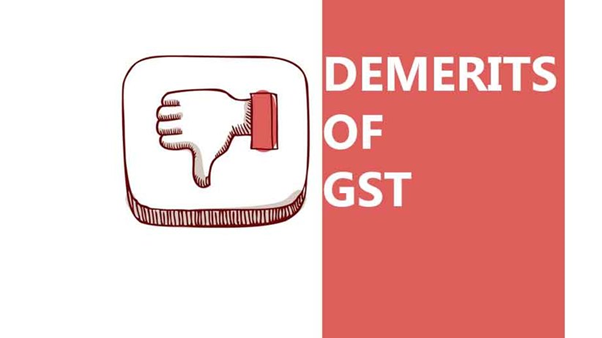Search
Drawbacks of the Goods and Services Tax
July 12, 2017
Goods and Services Tax is here and ready to change the entire business industry for the good. However, despite the slew of advantages this new regime offers, it has its share of drawbacks too.

The following are some of the biggest hindrances/drawbacks of the new GST taxation system:
-
New Business Costs
Businesses using ERPs or other kinds of accounting software will have to invest in new software now. This is because the current software programs are structured around VAT, excise, service tax, etc. The tax calculation algorithms and core engine are also different.
Businesses may also need to bear additional costs under the GST regime. For instance, perks and gifts given to the employees especially during festivals like Diwali, Holi, etc. could be taxed under GST.
-
GSTN
The Goods and Service Tax Network (GSTN) is the foundation of the entire GST regime. It’s a fully digital platform that will allow for a seamless matching of invoices and returns and help curb tax evasion. However, for small businesses that were 100% based on paper will have a hard time with the GST transition.
-
Ambiguous Tax Holidays
Most manufacturers, especially from the textile, pharma industry, etc. look forward to tax holidays. However, in the GST regime these holidays are kind of a gray area.
-
Mid-Year Change of Policy
GST was implemented 3 months into the current fiscal. So, businesses will need to follow the old tax system for first three months (Apr- June) and the new GST system afterward. This may result in confusion and compliance problems.
All in all, despite the drawbacks, GST is still a powerful reform for the Indian economy and going to benefit greatly in the long run.



